 Greetings!
Greetings! It’s been a pleasant week this week on UTM with the current ALT (Assistant Language Teacher) in Oswano in Japan, contacting me after reading my articles about my time there. It’s nice to be reminded of good times in good places and good to hear that he is enjoying his time as much as I did.
And there’ll be more coming up on Osawano after Incredible India has all been posted which, I estimate to be around Christmas time. But until then, let’s head back to the Indian capital to peel back another layer of the intriguing Delhi onion…
Keep travelling!
Uncle Travelling Matt
Flickr album of this journey
Links to other parts of the the travelogue:
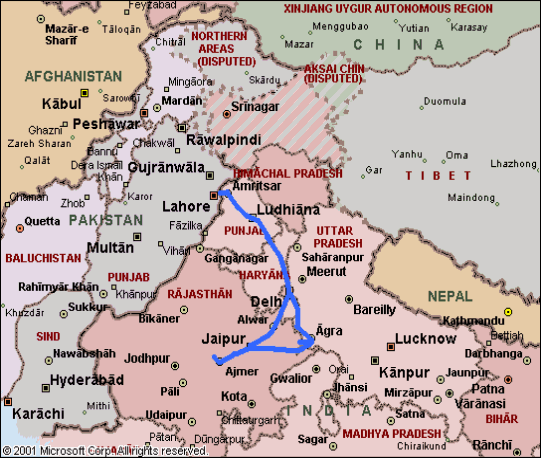
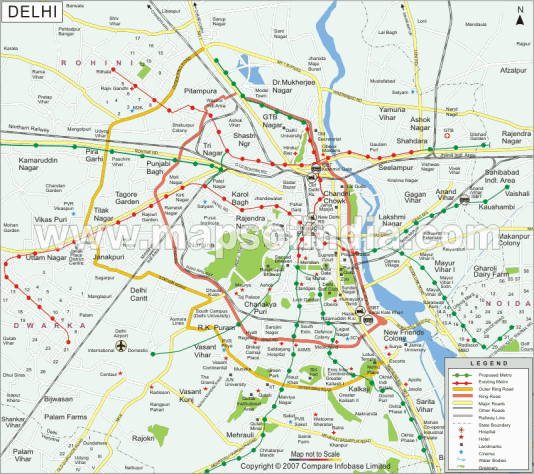
Safdarjung's Tomb represents another layer in the Delhi onion; that of the Nawabs, the more decadent descendants of the Mughals whom the British gradually dominated and then replaced. Although far more dilapidated and modest than its more famous cousins in Agra, the Mughal lineage was plain to see: the design was that of a mini-Taj although far less measured and hinting at the corruption and decline of the age in which it was built:
“Safdarjung interested me because his life seemed to encapsulate perfectly the intriguing but cataclysmic half-century that linked the Mughal high noon at the close of the seventeenth century with the decay and disintegration of the Twilight fifty years later. When Safdarjung arrived from Persia, Aurangzeb was still Emperor and Delhi was still the richest, most magnificent and most populous city between Istanbul and Edo (Tokyo); with its two million inhabitants it was far larger than either London or Paris. Its army was invincible; its palaces unparalleled; the domes of its many mosques quite literally glittered with gold. By the time of Safdarjung's death, the Persian Nadir Shah had been and gone, carrying with him the accumulated riches of eight generations of Empire. Three Emperors had been murdered (one was, in addition, first blinded with a hot needle); the mother of one ruler was strangled and the father of another forced off a precipice on his elephant. Delhi, the great capital, was left a city of gutted ruins... The tomb stands today as a telling memorial to the period. Most obviously, it demonstrates the strained circumstances of the age. Compared to the purity of the Taj Mahal – the spotless white marble, the unfussy shapes, the perfectly balanced design – Safdarjung's tomb with its bulbous dome and stained sandstone walls seems somehow flawed and degenerate. Every schoolchild the world over knows the profile of the Taj, and in so far as Safdarjung's tomb is different, it at first sight looks wrong: its lines look somehow faulty, naggingly incorrect.”[1]
I wandered leisurely around the tomb and then ambled across the road to another place that I very much wanted to see and which tells of yet another Delhian era: the Lodi Gardens.
Imagine this: a medium-sized city park full of trees and flowers, a small river and pool, young lovers holding hands or kissing in the shade and birds singing overhead. It's a pleasant image but not unlike thousands of other city parks across the globe, (although I've never come across one before with quite so many doe-eyed couples), except that this one is different; the Lodi Gardens are also chock-full of UNESCO-standard ancient ruins. Like with so many other sites that I'd visited in India, anywhere else in the world and this would be the city's main attraction; here it is all but ignored.
I, however, did not ignore it. Instead, as the sun was setting, I ambled happily around the tombs of the Lodi and Sayyid rulers who controlled these parts before the Mughals marched into town, wandering freely through the atmospheric mosques and mausoleums. It was marvellous, simple marvellous and the perfect way to complete my day's sightseeing. In the tuk-tuk on the way back though, I was brought back down to a cruder, less romantic side of the Indian psyche:
Tuk-tuk driver: “Excuse me sir, do you like cricket?”
Matt: “Yes I do, particularly test.”
Tuk-tuk driver: “Yes, I also. I like test and other test...”
Matt: “Other test?”
Tuk-tuk driver: “The Pussy Test! Pussy Test is best test man!”
There is one sight on every tourist's Delhi itinerary and that is the Red Fort at the end of Chandni Chowk. I took the Metro there but then got lost and so had to finish off my journey by cyclo. I queued up with the other tourists and then went inside, eager to check out another of the settings of 'Jodhaa Akbar'. Ultimately though, this one disappointed. Still suffering from the fort fatigue that I'd contracted in Agra and exacerbated at Jaipur was one factor but even without it I don't think that the Red Fort matches up to the others.
Once upon a time though, it would have done. From its scale and layout, I was sure that centuries ago it would have eclipsed even Agra Fort, but today, sadly not. And the reason behind that was a bitter pill for me to swallow: the British.
By the 19th century the prestige of the fort was a shadow of its former self but the complex was still completely in tact and the puppet emperor held his court there. However, when the population rose in 1857 in what I have always called the Indian Mutiny but what the Indian government these days refers to as the First War of Independence, then he had to choose sides and the Red Fort became the rebel stronghold.
But he could not hold out for long against the mightiest military machine on earth and after bombarding it and destroying many of the fine Mughal buildings, the British moved in and replaced what they had blown up with some of their own edifices or, as Dalrymple puts it, “In the place of the marble fantasies they tore down, the British erected some of the most crushingly ugly buildings ever thrown up by the British Empire – a set of barracks that look as if they have been modelled on Wormwood Scrubs.”[2] Strangely – yet fittingly – it rather reminded me of the Old Fort in Corfu Town, a 16th century Venetian citadel that the British also defaced in the 19th century with barracks.
Morosely, the most interesting part of the entire tour for me was in one of those barracks, the exhibition on the Mutiny which tells the story from a perspective that I was unused to, although the overall highlight for me was taking photos with some Afghani kids by one of the Mughal pavilions.
[1] City of Djinns, p.156-7
[2] City of Djinns, p.222
Technorati Tags: matt pointon,travel,blog,india,incredible india,uncle travelling matt,red fort,chandni chowk,lodi gardens,safdarjung's tomb,delhi,cricket,city of djinns,william dalrymple,taj mahal
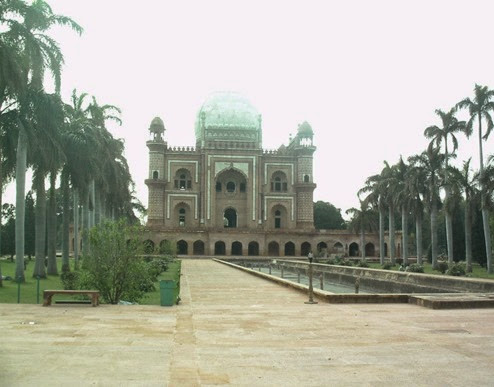
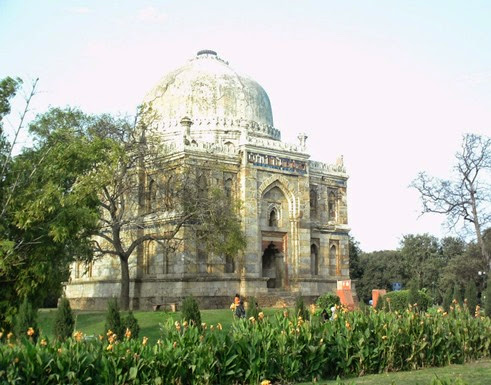
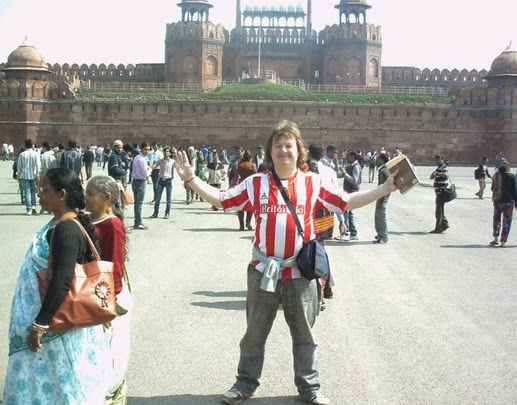
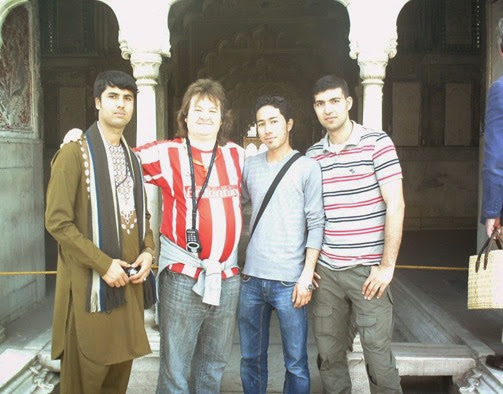
No comments:
Post a Comment